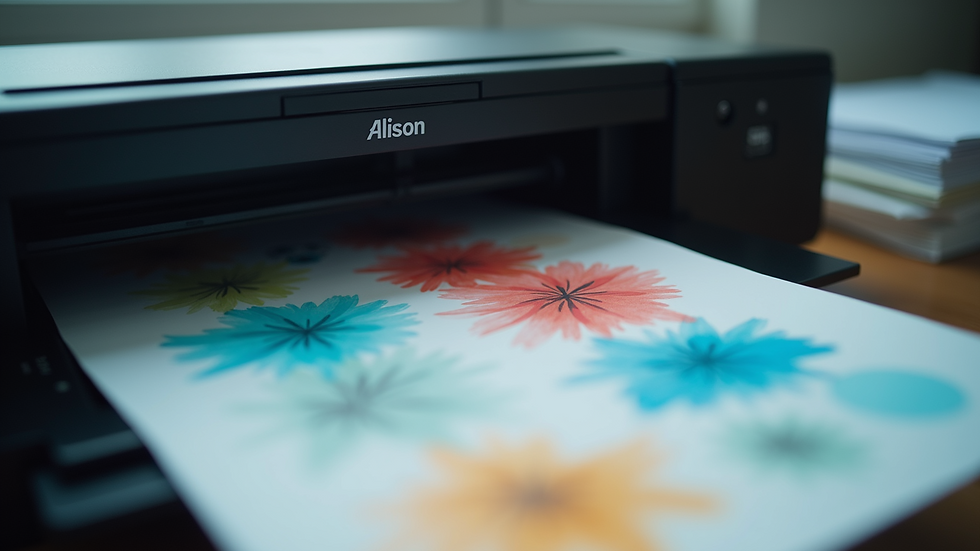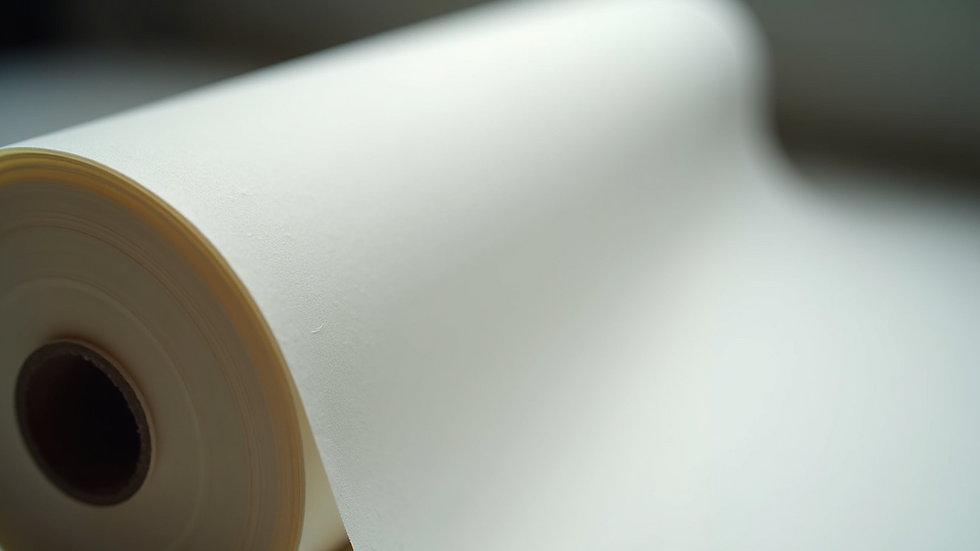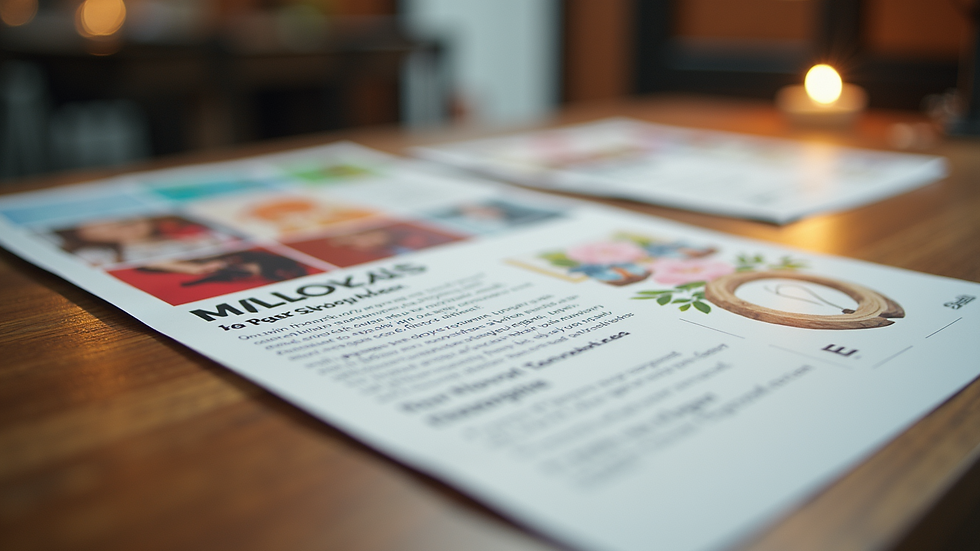The Latest Trends in Printing Technology
- Amos Daweah
- May 28
- 3 min read
In the rapidly evolving world of printing technology, staying updated on the latest trends is essential for businesses and enthusiasts alike. This blog post explores significant advancements and innovations that are reshaping the printing landscape today. From eco-friendly solutions to digital printing advancements, we will delve into the trends making a mark and how they can benefit you or your business.
Printing Technology in the Modern Era
Printing technology has come a long way from traditional methods. The integration of digital tools has made it easier, faster, and more cost-effective to produce high-quality prints. Digital printing now accounts for a significant portion of the printing market due to its versatility and efficiency.
One major trend is the rise of on-demand printing, which allows users to print materials as needed. This not only reduces waste but also cuts costs for businesses. According to research, the on-demand printing market is expected to grow significantly, reflecting the demand for streamlined production processes.

Sustainable Practices in Printing
As climate change becomes more pressing, the printing industry is stepping up to adopt environmentally friendly practices. Innovations in eco-friendly inks, such as those made from vegetable oils, and the use of recycled paper are gaining popularity.
Additionally, companies are investing in energy-efficient machines that minimize electricity use. According to a report, businesses that adopt sustainable printing practices can reduce their carbon footprints by over 30%. Not only does this help the environment, but it also appeals to the growing consumer demand for sustainable products.

Customization and Personalization Trends
Customization is another major trend shaping the future of printing technology. The demand for personalized products is at an all-time high, with consumers expecting unique items tailored to their preferences. Digital printing technologies allow for variable data printing, where different images or text can be printed on each item without any interruption in the process.
For example, businesses can print unique designs on promotional materials for individual customers, making their products stand out. Research indicates that customized products can see an increase in sales by up to 30%, highlighting the potential of this trend.

3D Printing Innovations
3D printing technology is transforming multiple industries, including healthcare, automotive, and fashion. The ability to create complex, three-dimensional objects from digital models has opened up a world of possibilities.
In healthcare, 3D printing is used to create custom prosthetics and dental implants, enhancing patient outcomes. In the automotive sector, manufacturers are utilizing 3D printing to produce lightweight parts that improve fuel efficiency.
The future of 3D printing holds promise, with advancements such as bioprinting set to revolutionize the medical field even further. By creating biological tissues from living cells, researchers hope to replace damaged organs and improve the quality of life for many.
Cloud-Based Printing Solutions
As businesses continue to embrace digital transformations, cloud-based printing systems have emerged as a significant trend. These systems provide a platform for printing from any device connected to the internet, making it more accessible and convenient for users.
With cloud printing, documents can be sent to a printer from a smartphone, tablet, or laptop, regardless of location. This is especially beneficial for remote work environments and businesses with employees spread across multiple locations. Moreover, cloud printing systems often include features that aid in organization and management, improving overall productivity.
Incorporating these advanced printing solutions can significantly enhance workflows and streamline operations for businesses of all sizes.
The Future of Printing Technology
As we look ahead, the future of printing technology promises to be exciting and filled with opportunities. We can anticipate further innovations in materials, processes, and capabilities. For instance, the development of smart printers equipped with artificial intelligence may optimize printing processes and predict maintenance needs.
Moreover, advancements in augmented reality (AR) and virtual reality (VR) are likely to influence how printed materials are created and experienced. These technologies could add a new dimension to printed items, allowing users to interact with them in innovative ways.
The key to thriving in this ever-evolving landscape is to stay informed about emerging trends and be willing to adapt.
Embracing Change in the Printing Industry
The latest trends in printing technology are not just about new gadgets or methods; they represent a shift in the way we think about printing itself. By embracing sustainable practices, prioritizing customization, and leveraging digital tools, businesses can position themselves for success in a competitive market.
As the industry evolves, manufacturers and consumers alike must keep an eye on these trends to promote innovation and growth. Staying updated with the latest advancements allows you to make informed decisions that can enhance efficiency and effectiveness in your printing endeavors.
In summary, whether you are a business owner looking to cut costs or an individual keen on personalizing your prints, understanding these trends is crucial. The future of printing technology is bright, and leveraging these changes will pave the way for more creative, efficient, and sustainable solutions.
_jfif.jpg)





Comments